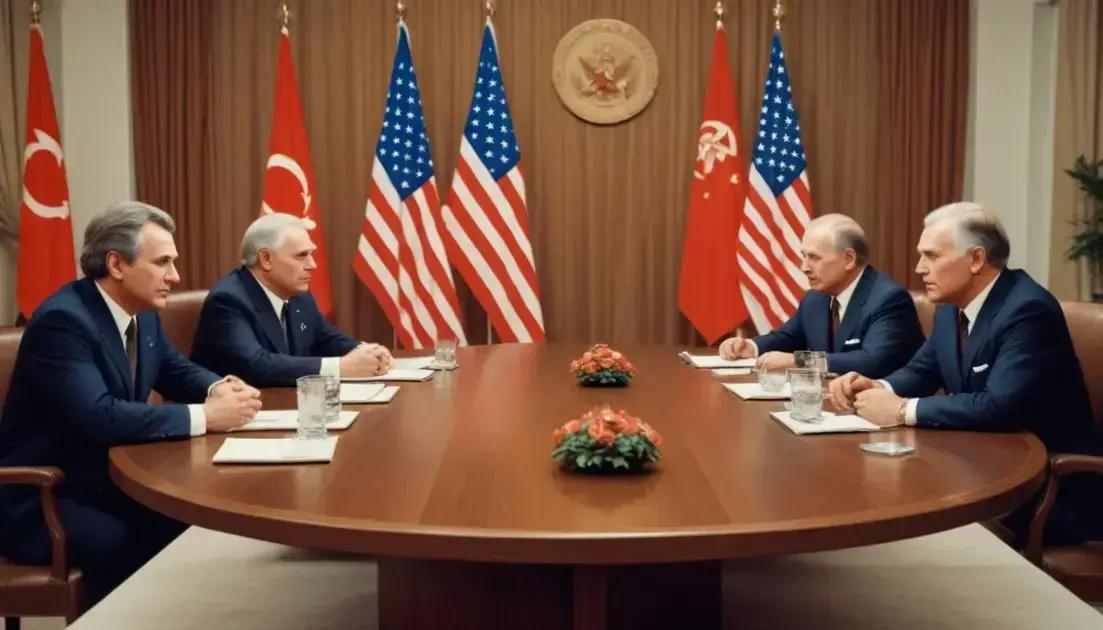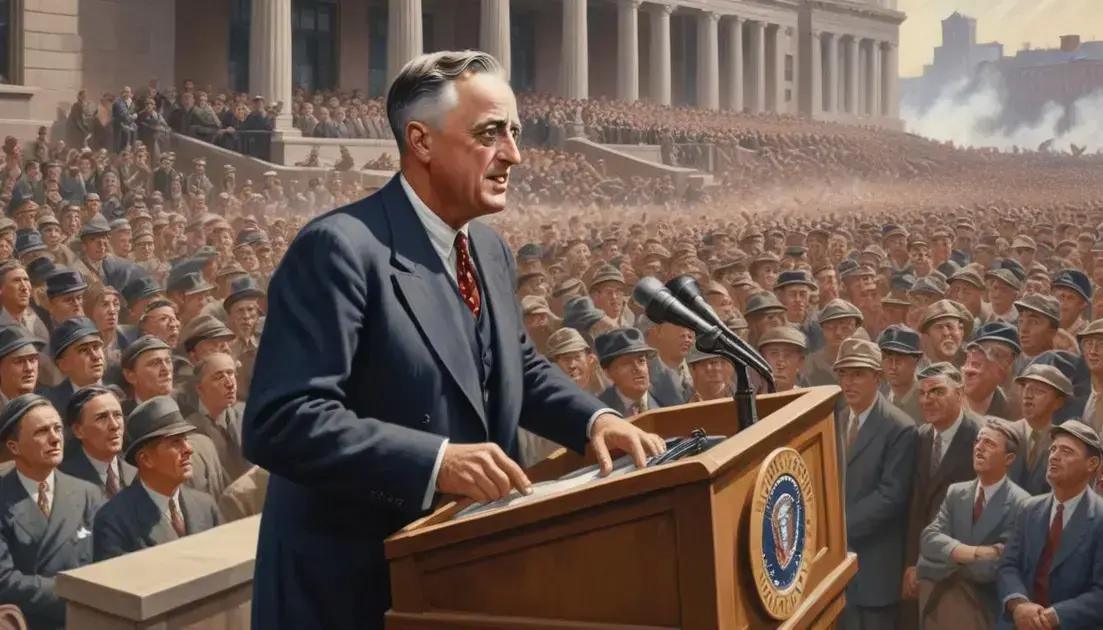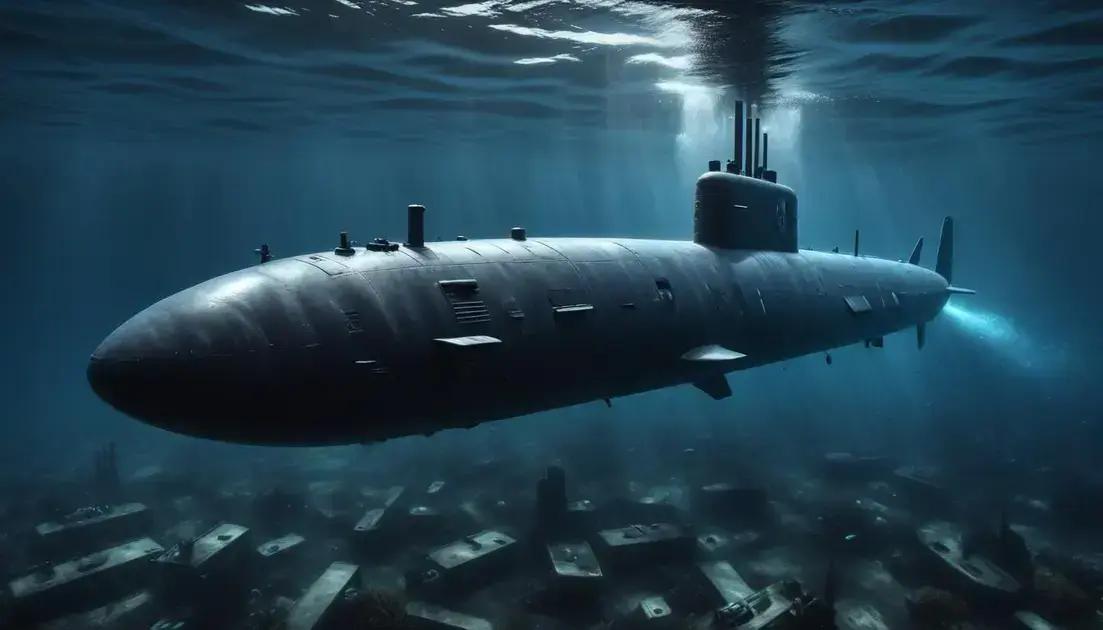
Détente: The Brief Period of Peace Between USA and USSR
Détente marked a significant period in U.S.-USSR relations, focusing on reducing nuclear tensions through open dialogue and key treaties like SALT. This era highlighted the importance of building trust, finding common goals, and engaging with public perception through media. Lessons learned include the effectiveness of communication in diplomacy and the need for ongoing commitment to peace, showing that collaboration is essential even among rivals.
In the tense atmosphere of the Cold War, Détente emerged as a crucial period aimed at easing tensions between two superpowers. But what exactly was it?
Understanding Détente
Understanding Détente means looking at a special time in history. It was a phase when the USA and USSR worked to ease their tensions. During the 1970s, both superpowers wanted to avoid a nuclear war. They realized that getting along was better than fighting.
Several key events marked this period. For instance, the Strategic Arms Limitation Talks (SALT) aimed to control the arms race. This was a big step in making sure both sides had fewer nuclear weapons. There were also agreements on trade and technology sharing, which helped build trust.
Media played a role too. News reports shaped how people saw these meetings. Some were hopeful, thinking this would lead to lasting peace. Others worried it was just a pause before more conflict.
As we explore Détente, it becomes clear how important communication is in relationships. Open talks can prevent misunderstandings and wars. This time proves that even the toughest foes can find common ground if they work together.
Key Treaties and Negotiations
During the Détente period, several key treaties and negotiations shaped the landscape of U.S.-USSR relations. One of the most important was the Strategic Arms Limitation Talks (SALT). These talks started in 1969 and aimed to limit nuclear weapons on both sides.
The first SALT treaty, known as SALT I, was signed in 1972. It placed caps on the number of intercontinental ballistic missiles (ICBMs) each country could have. This was a big step toward reducing the threat of nuclear war.
Another significant agreement was the Anti-Ballistic Missile Treaty. This treaty limited the use of missile defense systems. The idea was simple: if both countries had a way to protect against missiles, it might lead to an arms race.
In addition to SALT, there were other negotiations focused on trade and cultural exchanges. These helped ease tensions and build relationships through shared interests. People-to-people exchanges, like student programs, promoted understanding.
Overall, these key treaties were vital for making Détente successful. They showed that cooperation is possible, even between rivals. These agreements laid the groundwork for future arms control efforts and established communication channels that would remain crucial.
Impact on USA-USSR Relations
The impact of Détente on USA-USSR relations was significant and far-reaching. For one, it helped to lower the risks of nuclear conflict. Both nations recognized that cooperation was better than confrontation. This shift was essential during the tense times of the Cold War.
During Détente, leaders from the USA and USSR engaged in more open discussions. They held several summits and meetings to address pressing issues. These talks allowed them to voice concerns and seek common ground.
A notable effect was the improved public perception of both countries. Media coverage of Détente focused on diplomacy rather than hostility. This change helped citizens view each other more positively, reducing fear and suspicion.
Trade agreements also increased during this era. Both nations explored economic partnerships, leading to greater interdependence. This connection made both countries think twice before escalating conflicts.
However, Détente wasn’t without challenges. Political events, like regional conflicts and power struggles, often tested this fragile peace. Yet, the groundwork laid during Détente influenced future relations. It showed that even fierce rivals can find ways to communicate and work together. This period of engagement continues to shape diplomatic efforts today.
Public Perception and Media Influence
Public perception during the Détente era was shaped significantly by media coverage. The news played a big role in how people viewed U.S. and USSR relations. Many articles highlighted the positive aspects of diplomacy and peace talks.
Television brought images of leaders shaking hands and smiling. This gave a sense of hope to the public. Families gathered to watch news reports that showed both nations working together. These visuals helped counteract years of fear and tension.
Media outlets often debated the effectiveness of Détente. Some were optimistic, believing it would lead to lasting peace. Others worried that it was just a momentary pause in hostility. The discussions kept the American public engaged in foreign policy.
Furthermore, cultural exchanges, like sporting events, brought citizens closer. Events like the 1972 Summit Series in hockey sparked pride on both sides. They made people from both nations see each other as friends, not enemies.
Overall, media coverage during this time was vital. It shaped public attitudes and expectations. Détente showed that peace is possible when people focus on common goals. Strong media representation helped promote this message widely.
Lessons Learned from Détente
Détente taught us many important lessons about diplomacy and peace. One key lesson is that dialogue matters. When countries talk openly, they can work through their differences. This idea is especially crucial in tense situations.
Another lesson is the value of trust. Through agreements like SALT, both nations learned that trust-building is vital. This trust helped ease fears and created a foundation for future talks.
We also learned about the power of shared interests. Countries can come together over common goals, like reducing the threat of nuclear war. Finding these shared interests can lead to better cooperation.
Furthermore, public support plays a role. Media coverage and public perception can influence political actions. Leaders must engage with their citizens to maintain support for peace efforts.
Lastly, the challenges faced during Détente remind us that peace is not always easy. Conflicts and misunderstandings can arise. However, with patience and commitment, countries can build lasting relationships.
Conclusion
In conclusion, the lessons learned from Détente are crucial for understanding diplomacy today. The importance of open dialogue cannot be overstated. When countries communicate, they can work through issues more easily. Building trust is also key; it helps nations feel safer and more willing to cooperate.
Finding shared interests encourages collaboration, making it easier to achieve common goals like peace. Additionally, public support and media influence show how vital it is for leaders to engage with their citizens about these issues.
While challenges may arise, the commitment to achieving peace can lead to lasting relationships. Overall, the Détente period teaches us that patience, understanding, and communication are essential for a stable future.


